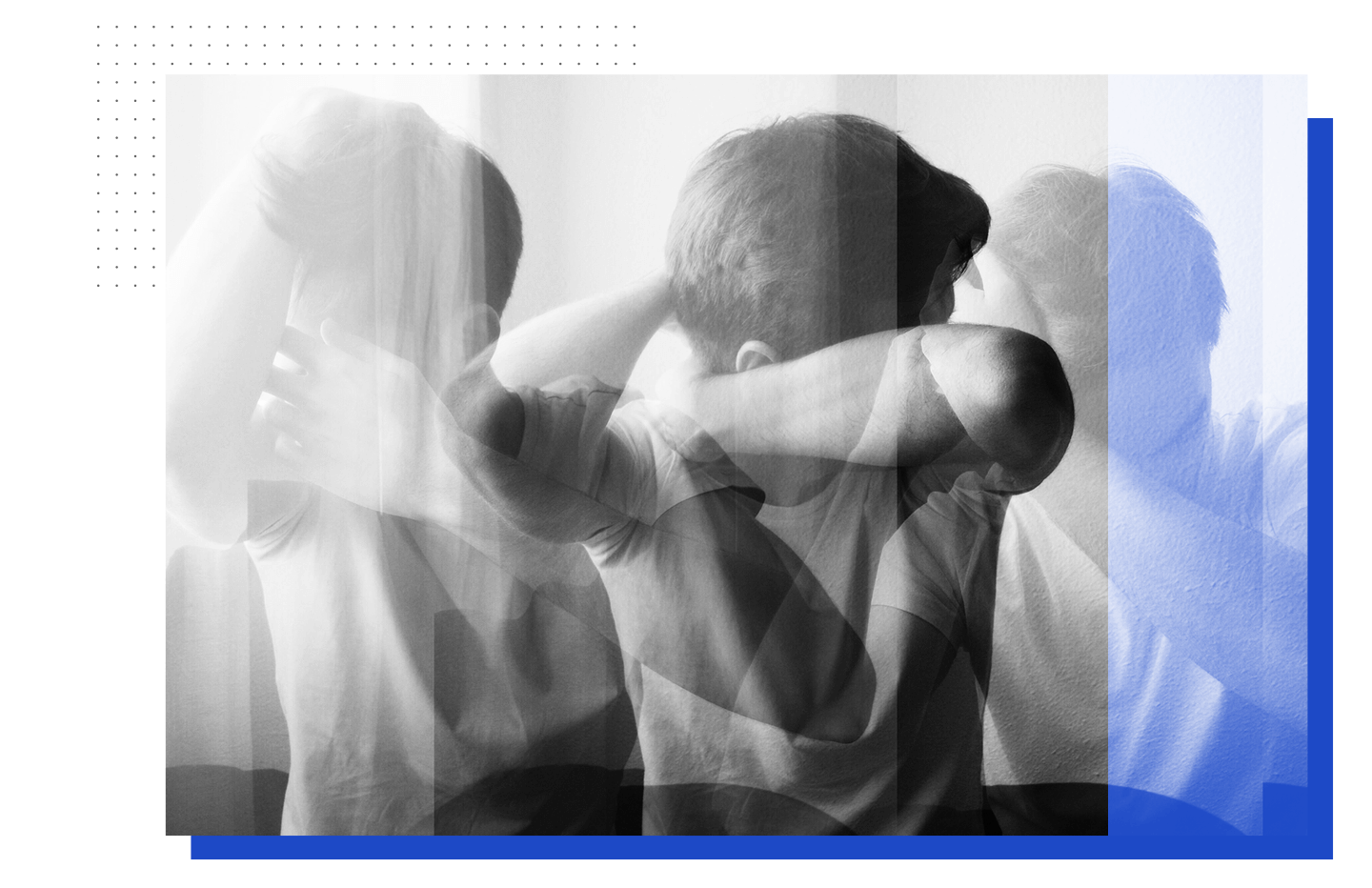UNDERSTANDING DYSTONIA
More Than Just a Movement Disorder


What is Dystonia?
Dystonia is defined as a movement disorder characterized by sustained or intermittent muscle contractions causing abnormal, often repetitive movements, postures, or both. Dystonic movements are typically patterned by twisting and may be tremulous. Dystonia is often initiated or worsened by voluntary action and associated with overflow muscle activation.
Types of Dystonia
Varieties of dystonia are characterized by prolonged muscle contractions that cause involuntary repetitive movements. These result in abnormal postures that can be uncomfortable and painful.


Symptoms
Patients usually develop characteristic spasms during or before puberty but have been diagnosed anywhere from childhood to adulthood. Identifying symptoms range greatly but are all manifested in the form of uncontrollable muscular contraction or tension. The variables of spasm severity, cadence, and location differ in almost every case.
Living with Dystonia
The people that lead Down with Dystonia come from different backgrounds but all share a common career path that leads them toward helping others. As a group, they are well-informed by varied personal, medical, and professional experience.
